How I learned food getting stuck was actually due to EoE
- James, a real patient living with EoE
James:
I’ve always noticed with certain foods I would choke. But then it progressively got worse. The only
thing
that would alleviate it is if I cleared it myself. Even when I was choking or had something lodged in my
throat I could still get air through, but it always seemed like there was always something that never
quite
made it down my esophagus.
The symptoms reached the breaking point when I was out to eat with my wife. We had ordered gator bites. I had taken one piece, and it got stuck. I tried to drink water, tried to clear it. It would not clear. Got to the point that I couldn’t swallow anything, and we went to the local ER.
James:
When they were first describing what was going on with my esophagus, he told me my esophagus was
supposed
to be the size of a thumb. Mine happened to be the size of, like, a soda straw.
We had to do an upper endoscopy scope. After the scope, he determined it was eosinophilic esophagitis.
My doctor explained that it was an allergy-based condition that caused inflammation in the esophagus. After the diagnosis, my gastroenterologist referred me to an allergist. I found out I had several allergies that I was unaware of before.
As I work to manage my EoE, I keep a constant watch on what I’m eating, what I’m putting in my body.
I’m learning every day how to manage my EoE.
James:
Living with EoE, it’s important to take one day at a time.
Follow your doctor’s advice. Realize it’s not the end of anything. It’s just the beginning of changing how you were doing things.
I’m happy to say that by carefully managing my EoE, I can be an active participant in my family’s life.
If you're struggling to swallow and have symptoms of EoE, let your doctor know and consider discussing a diagnostic endoscopy.
Symptoms vary by patient. This information is not intended to make a diagnosis or to take the place of talking to a U.S. healthcare professional.

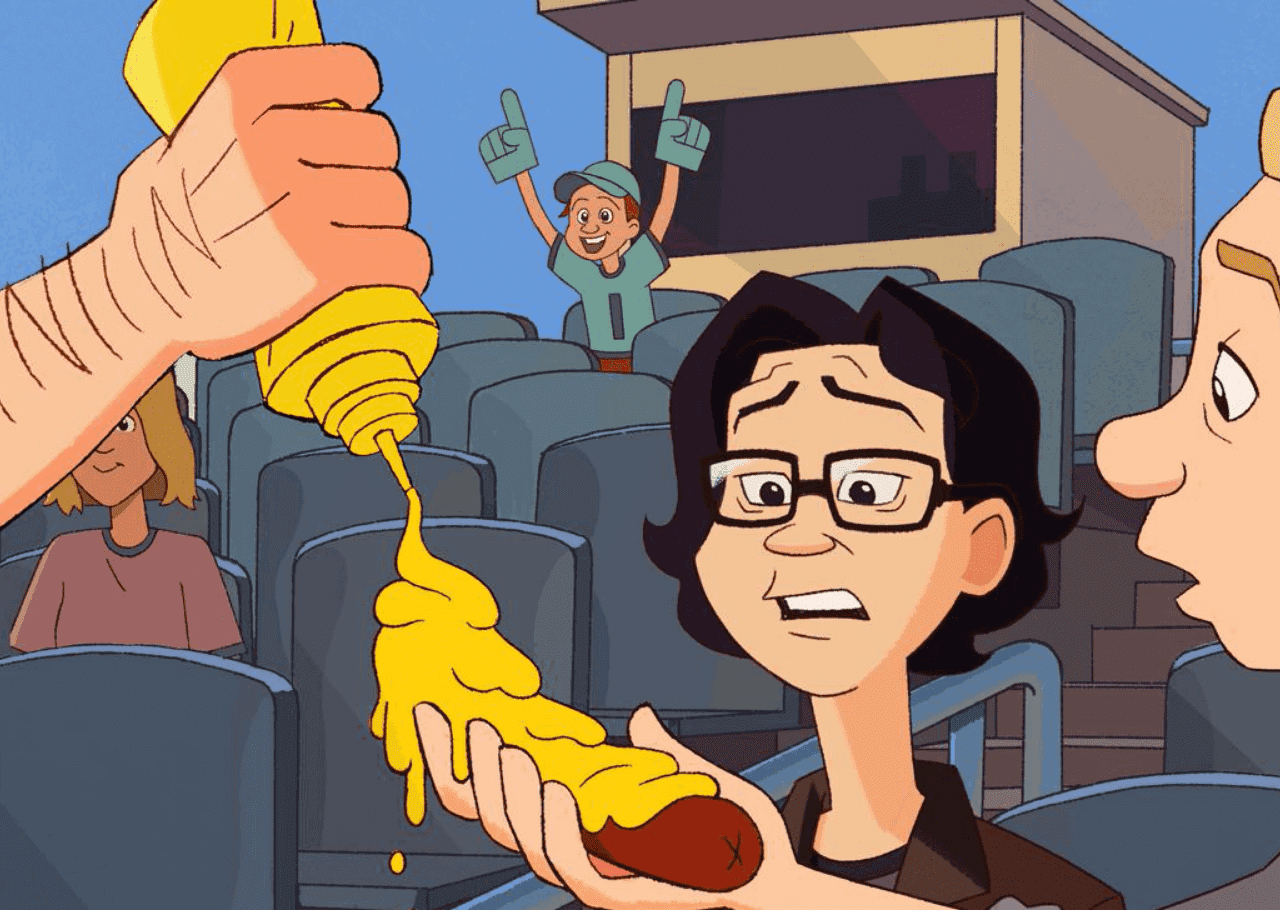
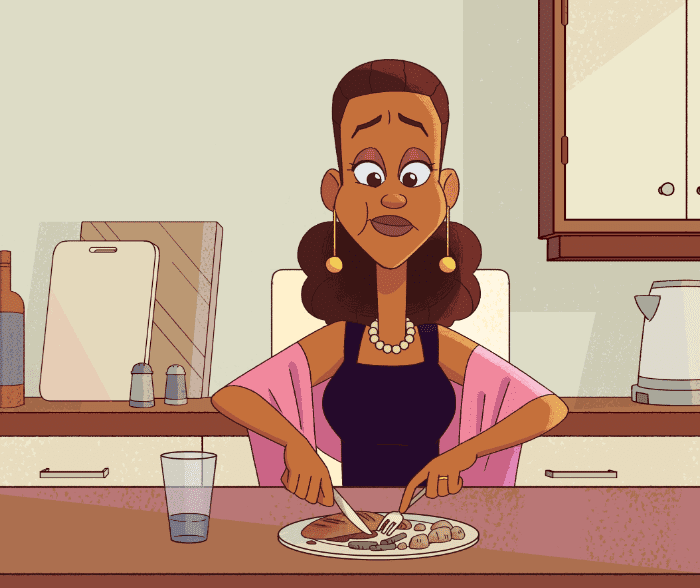
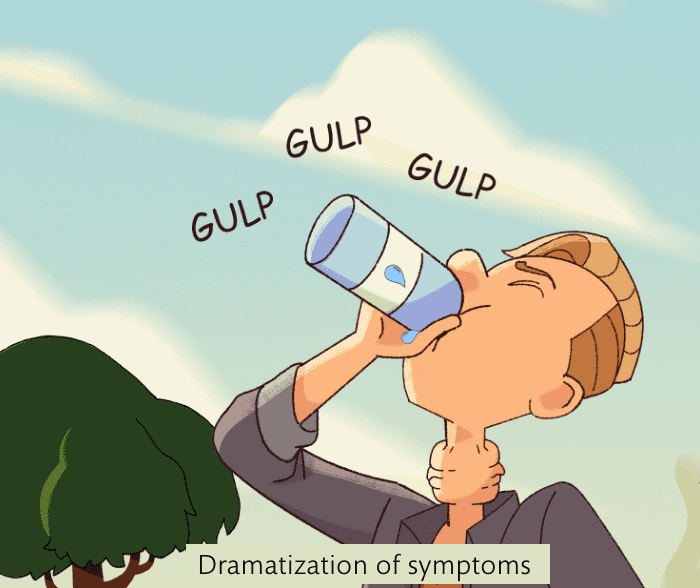
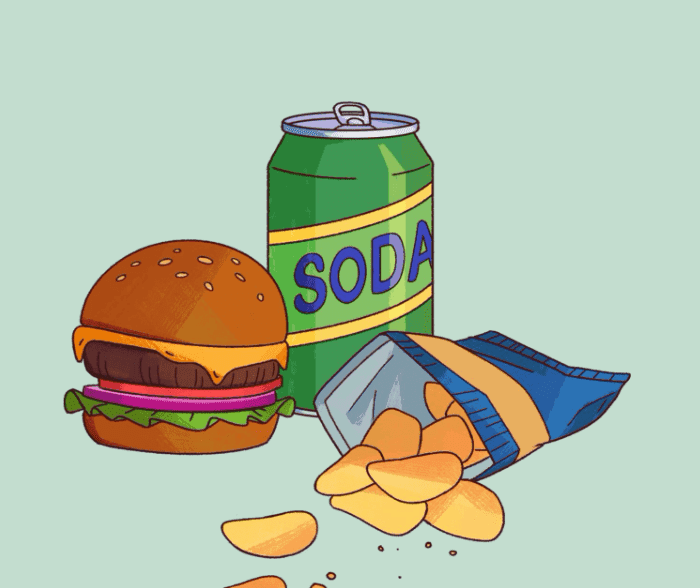
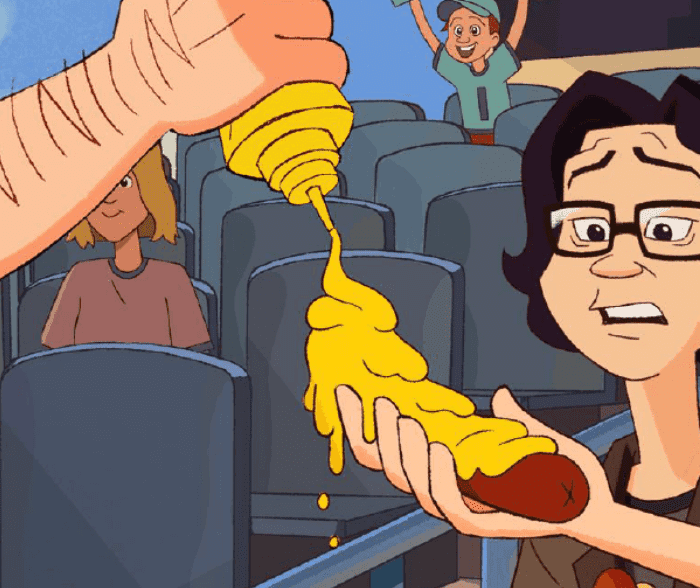
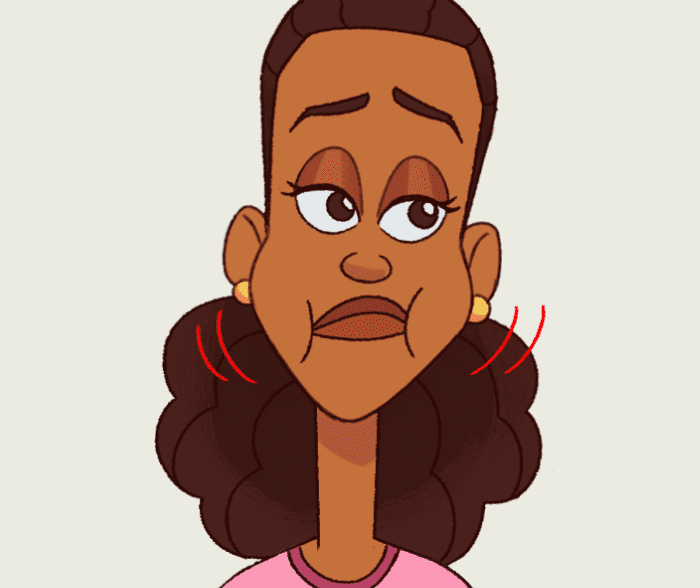
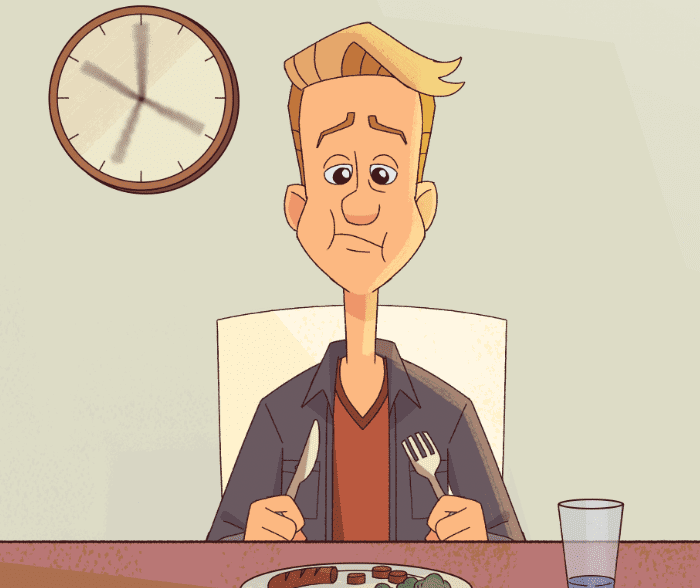
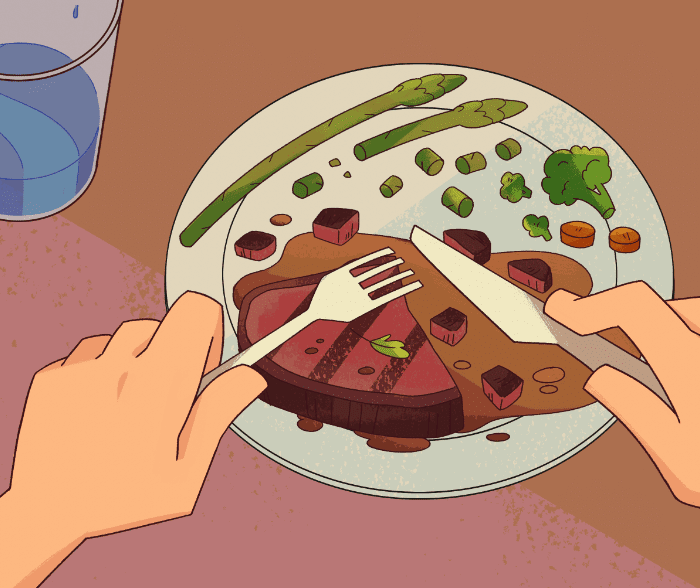
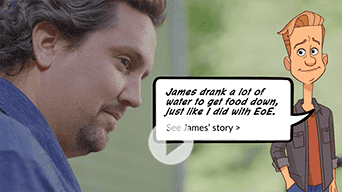
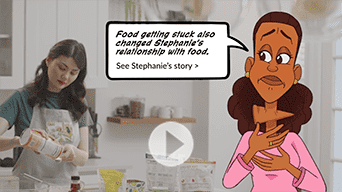
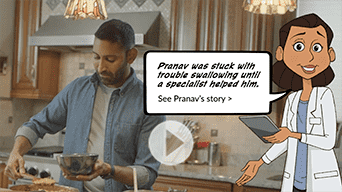
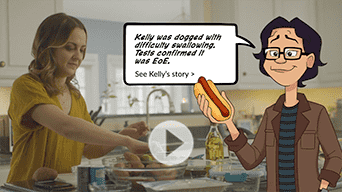
 Transcript
Transcript
